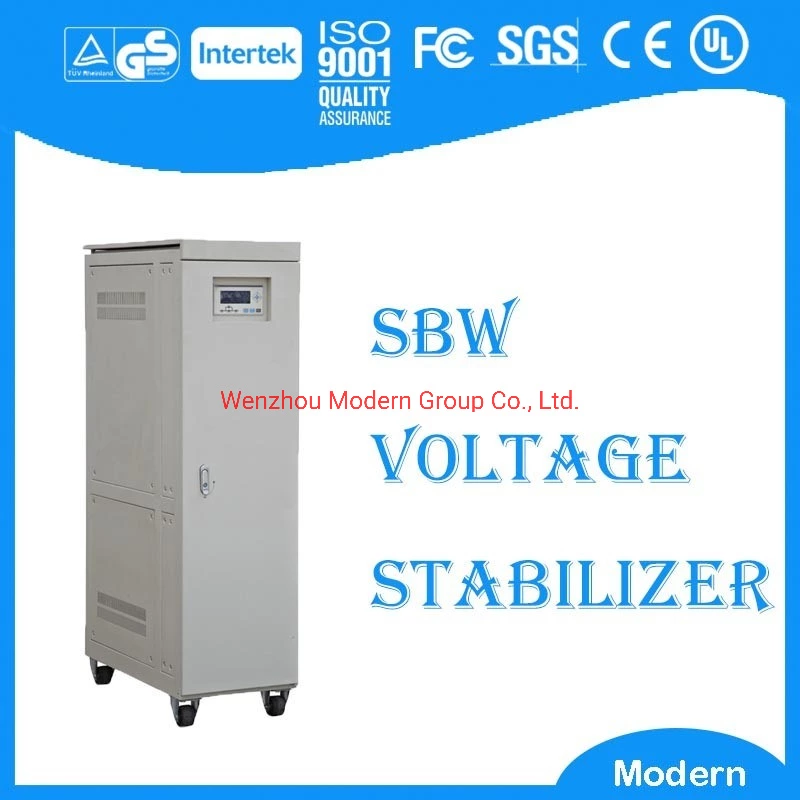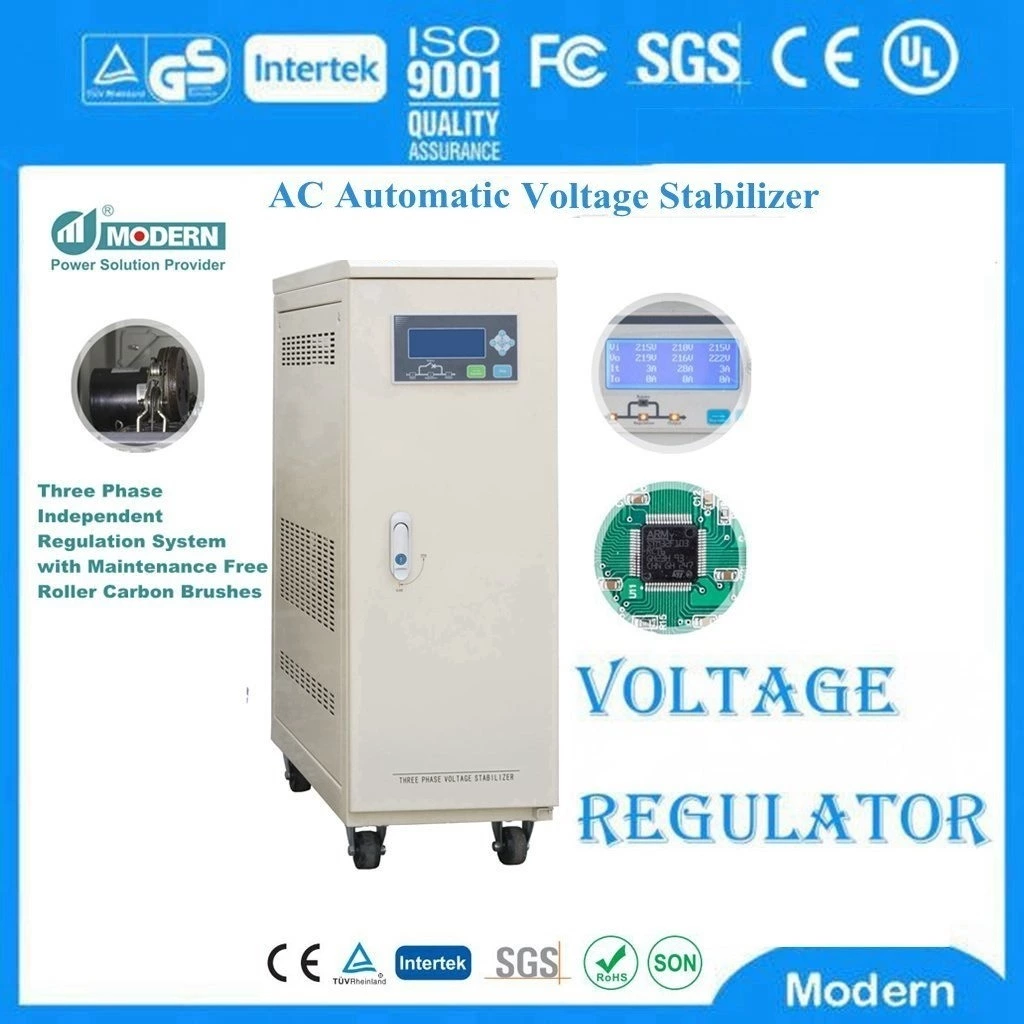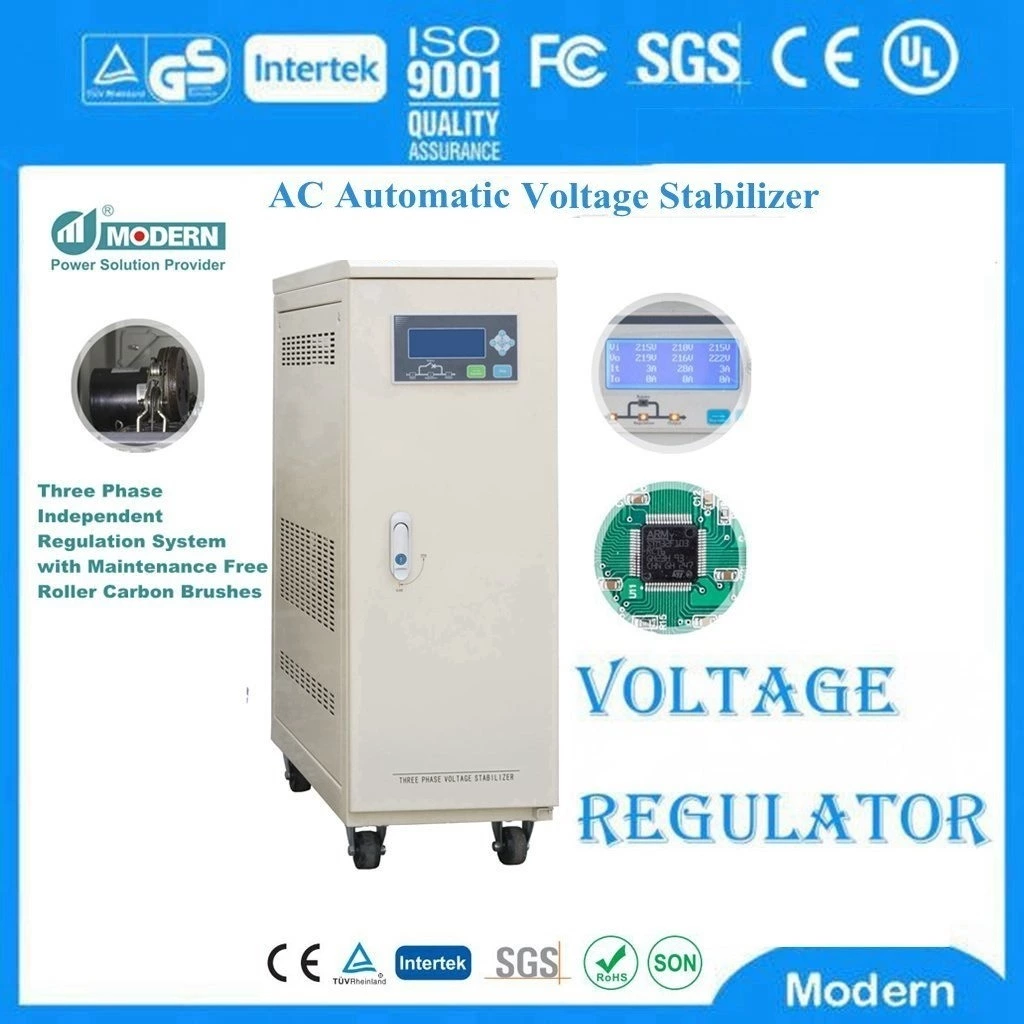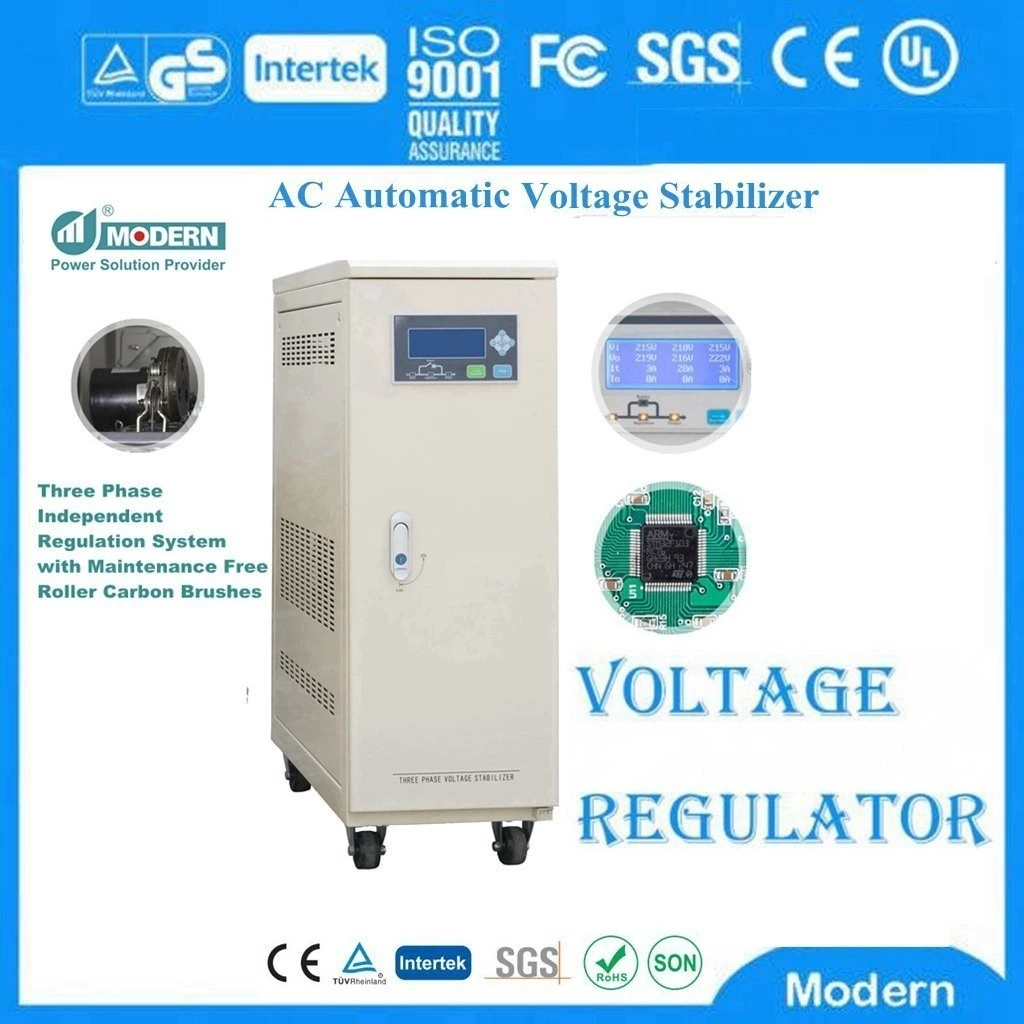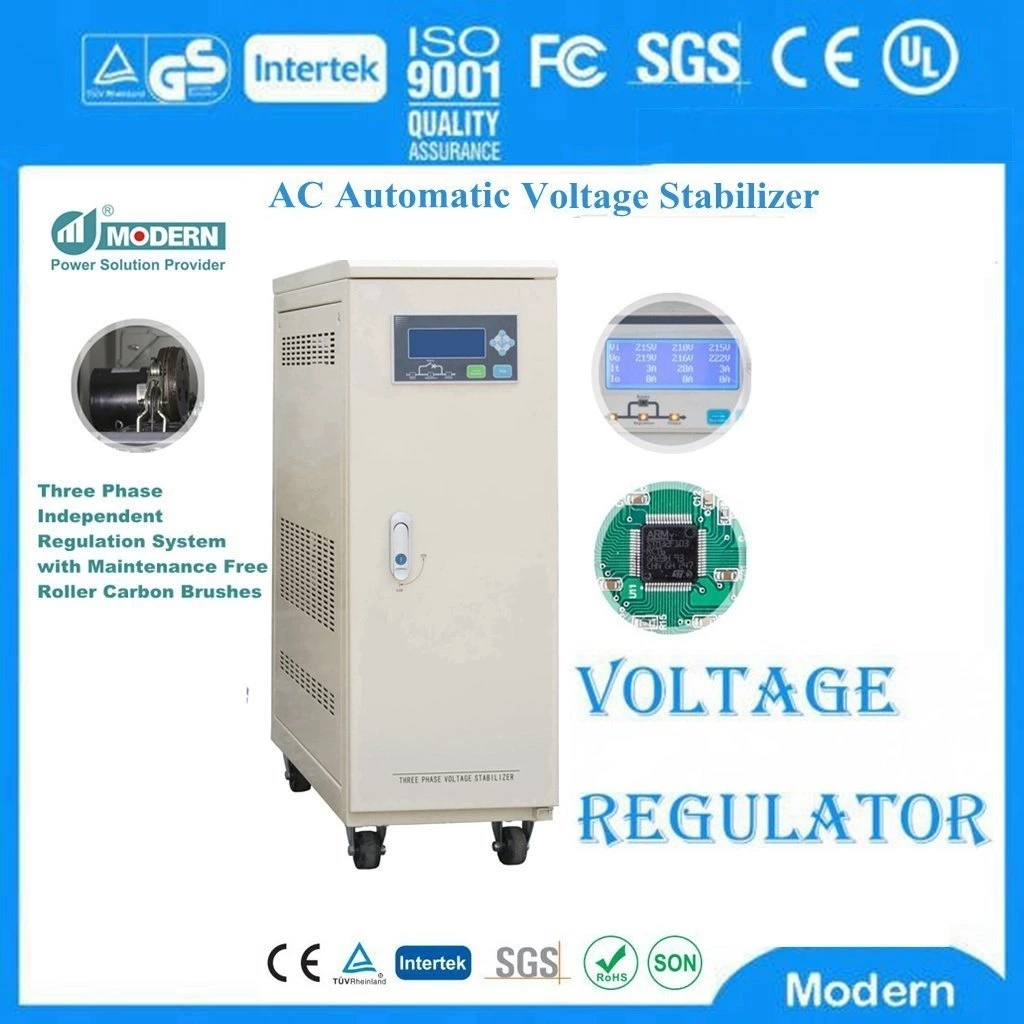The Role Of Inverter Ac Reactor And Dc Reactor
The reactors supporting the inverter are generally divided into two types: AC reactors (input reactors, output reactors) and DC reactors. In actual applications, the corresponding reactors should be selected according to different situations.
AC Reactors
The role of the input AC reactor: limit the current impact caused by sudden changes in grid voltage and operational overvoltage, smooth the peak pulses contained in the power supply voltage, or smooth the voltage defects generated when the bridge rectifier circuit is switched, effectively protect the power components inside the inverter and improve the power factor. It can not only prevent interference from the grid, but also reduce the pollution of the harmonic current generated by the rectifier unit to the grid.
The role of the output AC reactor: compensate for the influence of the distributed capacitance of the long line (50-200m), can curb the output harmonic current, improve the output high-frequency impedance, effectively curb and reduce the high-frequency leakage current, protect the inverter, and reduce the equipment noise. And it can improve the output waveform of the inverter and improve the efficiency of the inverter.
DC reactor
The DC reactor is connected between the DC rectifier link and the inverter link of the frequency conversion system. Its main function is to limit the AC component superimposed on the DC current to a certain specified value, keep the rectifier current continuous, reduce the value of the current pulse, make the operation of the inverter link more stable and improve the power factor of the frequency converter.

 Русский
Русский
 Français
Français
 Português
Português
 Español
Español
 اللغة العربية
اللغة العربية
